Welcome to Peru and the incredible adventure in Cusco, the gateway to one of the New Seven Wonders of the World: Machu Picchu! The excitement builds as you prepare to explore this awe-inspiring Inca citadel. But did you know that, beyond the famous ruins, three additional hikes allow you to discover even more of this majestic site?
Machu Picchu is not just a collection of ancient structures; it’s a window into the past that transports you to the grandeur of the Inca civilization. For those seeking an experience beyond the ordinary, the citadel offers three fascinating options: Machu Picchu Mountain (the focus of this guide), Huayna Picchu Mountain, and Huchuy Picchu Mountain. Before embarking on this thrilling exploration, take a moment to imagine the magnitude of what you’re about to discover. Get ready for an unforgettable experience!
- What is Machu Picchu Mountain?
- Importance of the Machu Picchu mountain
- Height and Location of Machu Picchu Mountain
- Entry Times for Machu Picchu Mountain
- Ticket Information for Machu Picchu Mountain
- What to Expect on Machu Picchu Mountain?
- Frequently Asked Questions
- Best Time to Visit Machu Picchu
- Tips to Fully Enjoy Machu Picchu Mountain:
- You may also be interested in:
What is Machu Picchu Mountain?
Machu Picchu Mountain, also known as Montaña Machu Picchu, is a stunning peak near the iconic Inca citadel of Machu Picchu in Peru. It is the tallest of the three mountains surrounding the citadel, and from its summit, you’ll enjoy the most spectacular views. Picture yourself gazing at an incredible landscape: the cloud forest, towering mountains, deep valleys, and the winding Urubamba River in the distance. All of this awaits you at Machu Picchu Mountain, whose name in Quechua means “ancient mountain.” This hike is an experience you can’t miss!


Importance of the Machu Picchu mountain
Machu Picchu Mountain is an excellent alternative to Huayna Picchu. It offers a less demanding and risky experience, making it ideal for active families and adventurers of all ages.
Unlike Huayna Picchu, the trails on Machu Picchu Mountain are broader and less steep, making the hike more relaxed and accessible. It’s perfect for those who want to enjoy stunning views without tackling an overly intense climb.
Another advantage is that reservations for Machu Picchu Mountain are more straightforward to secure and less competitive than those for Huayna Picchu. This beautiful hike gives you more flexibility in planning your visit without the pressure of booking months in advance. It’s the perfect option for a relaxed and beautiful experience!
Height and Location of Machu Picchu Mountain
The majestic Machu Picchu Mountain rises near the famous Inca citadel of the same name in Peru. At 3,082 meters (10,111 feet), it offers a unique opportunity to explore the area from a high vantage point.
The trail to the summit is challenging, with steep stone steps and a demanding ascent, but the views are worth it. Although the hike can be strenuous, it has become increasingly popular among those seeking a quieter and less crowded experience compared to other parts of the archaeological site. Located south of the citadel, Machu Picchu Mountain rewards you with jaw-dropping landscapes. It’s the perfect adventure for nature and history lovers!
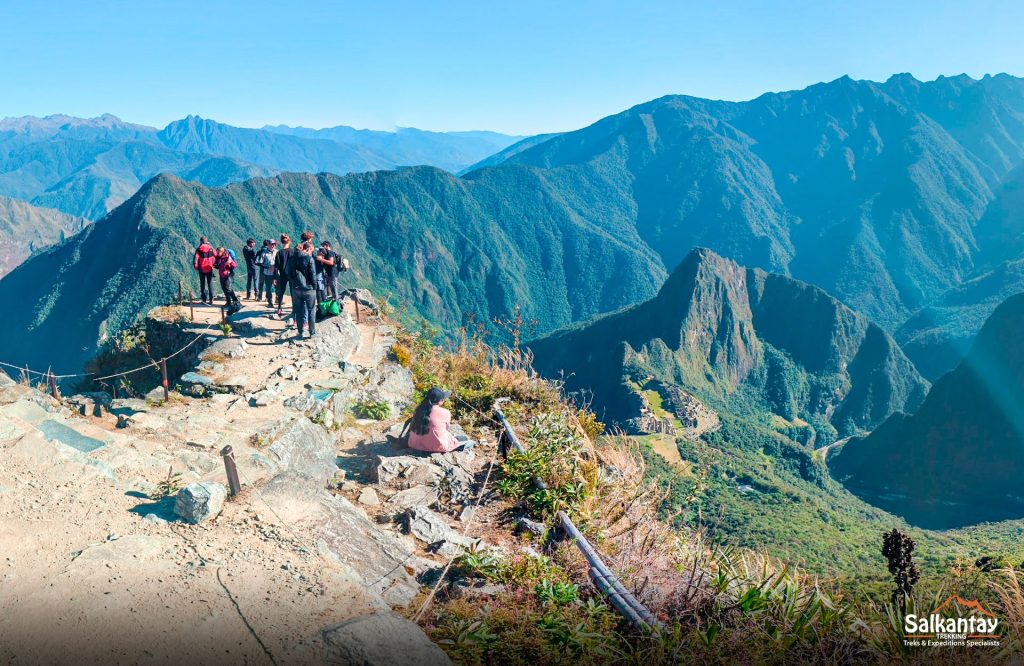
Entry Times for Machu Picchu Mountain
Book your ticket in advance if you plan to conquer Machu Picchu Mountain. Demand varies by season, and spots fill up quickly. Before booking, decide what kind of experience you want.
With the ticket Circuit 1, en Route 1 – A: Route Montaña Machu Picchu, you’ll gain access to the enigmatic Inca citadel and the summit of Machu Picchu Mountain. The low season (November to March) and high season (April to October) have the exact entry times: 6:00 AM to 8:00 AM.
First Entry: 6:00 AM
It’s ideal if you’re staying overnight in Aguas Calientes. You’ll leave early on the buses, ascend before sunrise, and enjoy incredible views. Enter the citadel between 6:00 AM and 6:30 AM at the latest.
Second Entry: 8:00 AM
Perfect if you’ve completed routes like the Short Inca Trail, Salkantay Trek, or Lares Trek or arriving by train. Explore the citadel first before heading up the mountain. Enter between 8:00 AM and 8:30 AM at the latest. The hike to the summit takes about 1.5 hours, with a similar time for the descent.
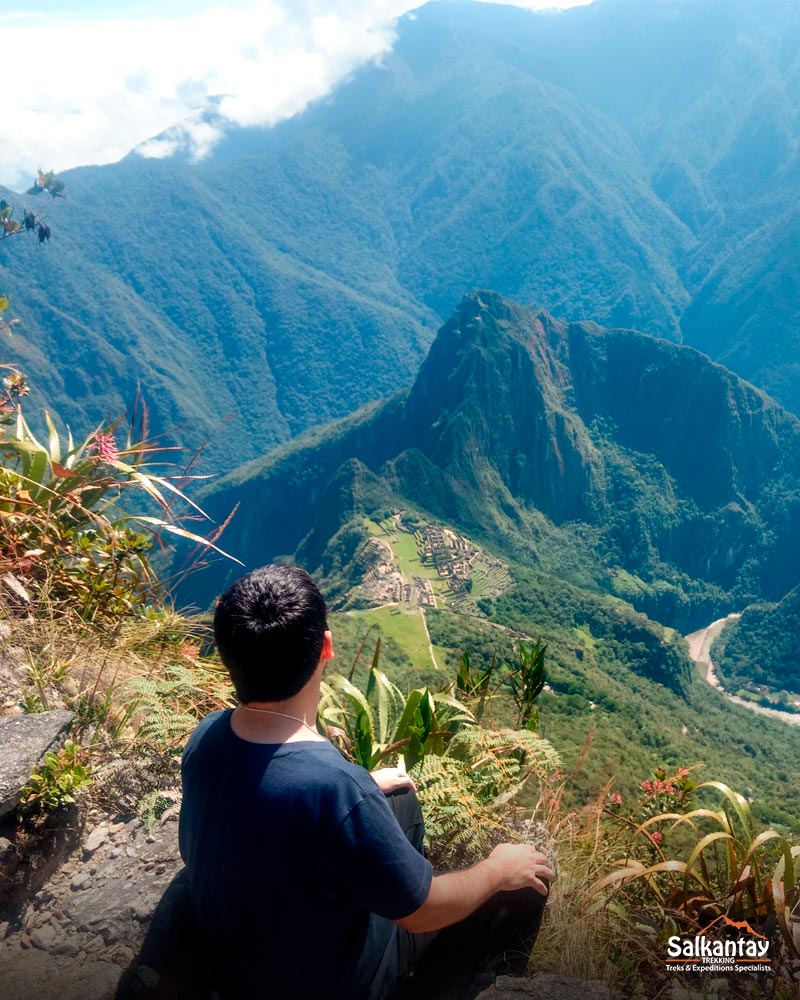
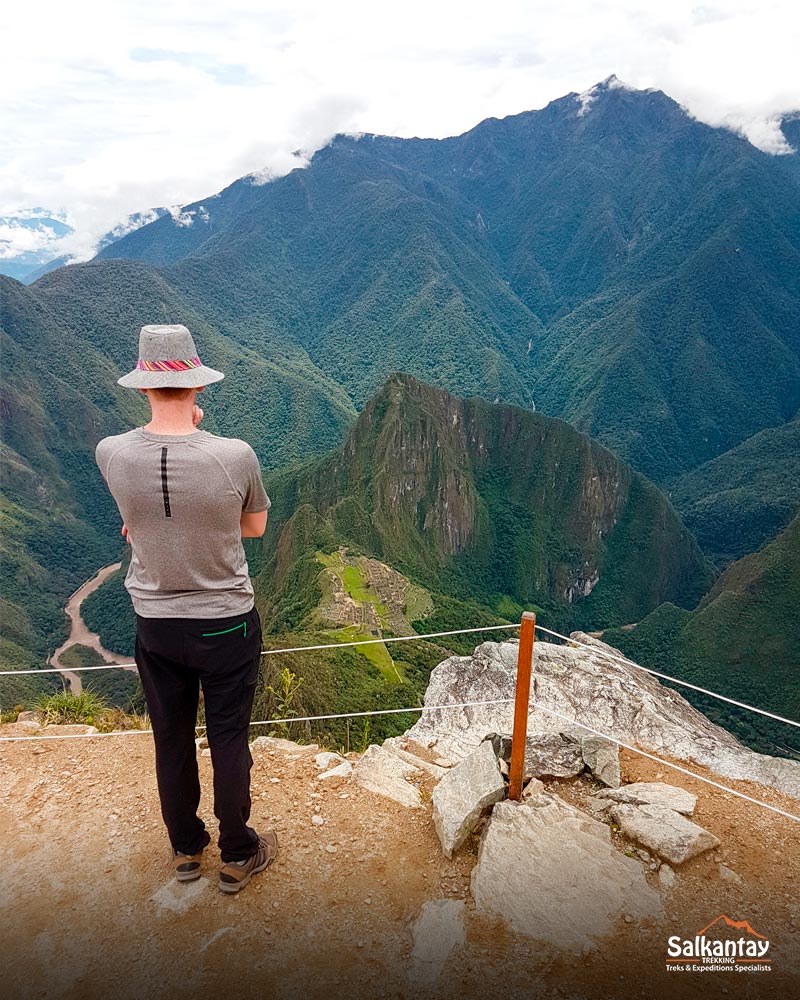
Ticket Information for Machu Picchu Mountain
Here is a comprehensive guide with all the information about your entrance ticket to Machu Picchu Mountain. We explain what type of ticket you need to explore this incredible mountain, where to obtain it, and answer the most frequently asked questions.
This way, you’ll be fully prepared to embark on an exciting adventure in one of the most breathtaking places in the region!
Ticket Type:
To access Machu Picchu Mountain, ensure you select Circuit 1 – Panoramic and then choose Route 1-A: Machu Picchu Mountain Route.
Circuito 1 – Panorámico / Ruta 1 – A: Ruta Montaña Machupicchu
To access Machu Picchu Mountain, choose Circuit 1 – Panoramic and then select Route 1-A: Machu Picchu Mountain Route. This ticket is ideal for family hikes, allowing access for all ages. It’s also a great alternative if you can’t secure a spot for Huayna Picchu.
This ticket is perfect for family hikes and is suitable for all ages. It is also an excellent alternative if you cannot secure a spot at Huayna Picchu.
This ticket allows you to conquer the highest peak in the complex, offering unparalleled panoramic views from the summit. Additionally, you can capture the classic postcard-perfect photo of Machu Picchu from the Guardian’s House platform.
It is important to note that this ticket does not include access to the urban and religious sectors of Machu Picchu, meaning you cannot explore them up close. However, from a distance, you will enjoy spectacular views of iconic landmarks such as:
- Some of the site’s remarkable features include the Temple of the Sun, the Sacred Plaza, the Temple of the Three Windows, the Intihuatana (the famous sundial), and several other minor structures.
Note: This circuit allows you to take the classic postcard photo of Machu Picchu and ascend to the summit of Machu Picchu Mountain, whose climb is significantly less steep than the renowned Huayna Picchu Mountain.
Key Details to Consider for This Circuit
If you choose this circuit, keep the following details in mind to ensure you fully enjoy your visit to Machu Picchu Mountain:
- Limited Availability: Only 300 daily tickets are available online for Machu Picchu Mountain, divided into 150 tickets per time slot. Secure your spot by booking at least one month in advance; the earlier, the better! If you stay in Cusco for an extended period, you can also purchase tickets in person. An additional 50 tickets (25 per time slot) are available at the Dirección Desconcentrada de Cultura Cusco office.
- Pricing:
- For Foreign Visitors:
- Adults: 200 soles (54 USD)
- University /Technical Students: 125 soles (34 USD)
- Children (3-17 years): 118 soles (32 USD)
- Children under 3: Free!
- For Peruvian Nationals:
- Adults: 112 soles (31 USD)
- University/Technical Students: 80 soles (22 USD)
- Children (3-17 years): 80 soles (22 USD)
- Children under 3: Free!
- For CAN Countries (Bolivia, Ecuador, Colombia, and Peru):
- Adults: 112 soles (31 USD)
- University/Technical Students: 80 soles (22 USD)
- Children (3-17 years): 80 soles (22 USD)
- Children under 3: Free!
- For Cusco Residents:
- Adults: 112 soles (31 USD)
- University/Technical Students: 80 soles (22 USD)
- Children (3-17 years): 80 soles (22 USD)
- Children under 3: Free!
- For Foreign Visitors:
- Time allowed: You can explore the Machu Picchu citadel and Machu Picchu Mountain for approximately 7 hours.
- Essential Preparations: To ensure smooth access, bring a printed copy of your ticket and your ID or passport (the same one used for the purchase).
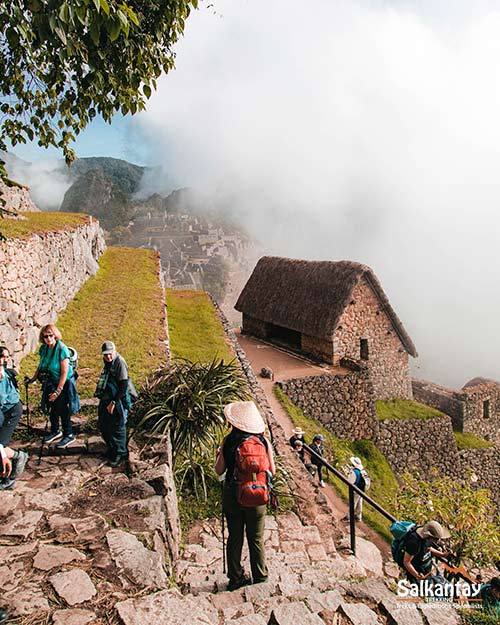
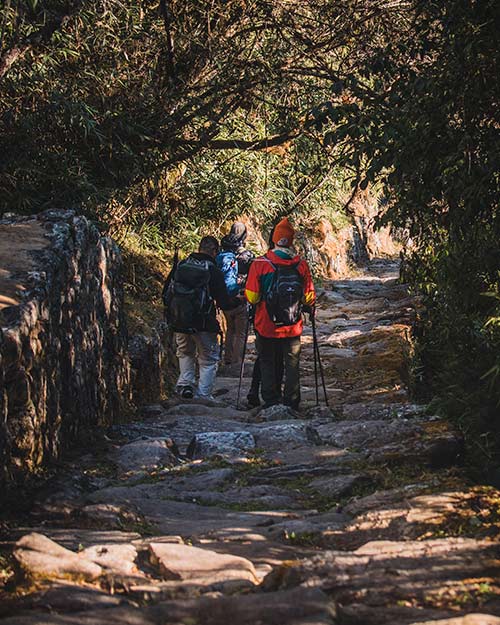
What to Expect on Machu Picchu Mountain?
The Trail
This trail, which the Incas likely used for rituals and astronomical observations, will lead you to one of the most fascinating experiences in Peru. The most striking feature is the breathtaking views that await you: from the summit and along the trail, you’ll enjoy one of the most stunning panoramas in the country.
From the peak, you’ll be amazed by the awe-inspiring perspective of the majestic Inca city, perfectly harmonized with the surrounding nature. Imagine gazing at lush green mountains, snow-capped peaks, deep valleys, and the winding Urubamba River in the distance. This surreal setting frames the impressive architecture of Machu Picchu.
With its 1,600 stone steps, the trail offers a varied and thrilling journey. During the rainy season, the stones can become slippery, adding an extra touch of adventure to your hike. The trail begins with a gentle slope but becomes narrower and steeper as you approach the summit. You’ll find strategic resting points to catch your breath and capture unforgettable photos.
Pro Tip: Prepare well! The trail offers little shade, so bring a hat and sunscreen for a comfortable and safe trek.
Key Details About Machu Picchu Mountain
- Maximum Height: 3,080 m / 10,104 ft
- Hiking Distance: 3.9 km / 2.42 miles
- Difficulty Level: Moderate to High
- Hiking Time: The estimated hiking time is 3.5 hours (round trip). However, the total circuit duration, including a visit to the Guardian’s House platform, can extend up to 7 hours. Depending on your pace and stops, the whole experience may take this long.
- Physical Requirements: High. Good physical condition is necessary due to the elevation gain and altitude.
- Location: Located opposite Huayna Picchu Mountain, it’s the mountain that overlooks the classic postcard view of Machu Picchu but from the highest vantage point.
- Ticket Availability:
- Low Season (November to March):
For the 6:00 a.m. and 8:00 a.m. time slots, 150 tickets are available for online booking, and 25 tickets are available for in-person purchase. - High Season (April to October):
For the exact 6:00 a.m. and 8:00 a.m. time slots, 150 tickets are available for online booking, and 25 tickets are available for in-person purchase.
- Low Season (November to March):
- Tourist Attractions:
- Archaeological Highlights: You can observe the iconic Machu Picchu citadel from a distance.
- Natural Highlights: During the hike, you’ll pass through the beautiful lower Montane forest, home to flora such as orchids, butterflies, and local bird species.
Physical Challenge
The hike to the summit is not recommended for beginners. It is approximately 3.5 kilometers long and involves a 600-meter elevation gain, requiring significant physical effort. Before embarking on this adventure, being in good physical shape and adequately acclimatized to the altitude is essential.
Unparalleled Landscapes
As you trek along the trail, you’ll be captivated by panoramic views that seem straight out of a dream. From the top of the mountain, your eyes will marvel at the breathtaking Machu Picchu citadel, where ancient structures blend seamlessly with the surrounding natural beauty.
In addition, you’ll have the opportunity to admire the Sacred Valley, a landscape of indescribable beauty stretching as far as the eye can see. You’ll take in the Vilcanota mountain range, Huayna Picchu Mountain, Huchuy Picchu Mountain, towering cliffs, and the final segments of the Inca Trail. If you’re lucky and the day is clear, you might even glimpse the majestic Salkantay Glacier. And, of course, the fascinating Machu Picchu citadel will be the crowning jewel of this journey.
The region’s majestic mountains will rise as you progress, creating a dramatic backdrop highlighting the site’s grandeur.
Every step immerses you deeper into this unique visual spectacle, where the magnificence of the Andes merges with the masterful engineering of the Incas. This experience is a feast for the eyes and an emotional journey that connects history, culture, and nature in one extraordinary place.
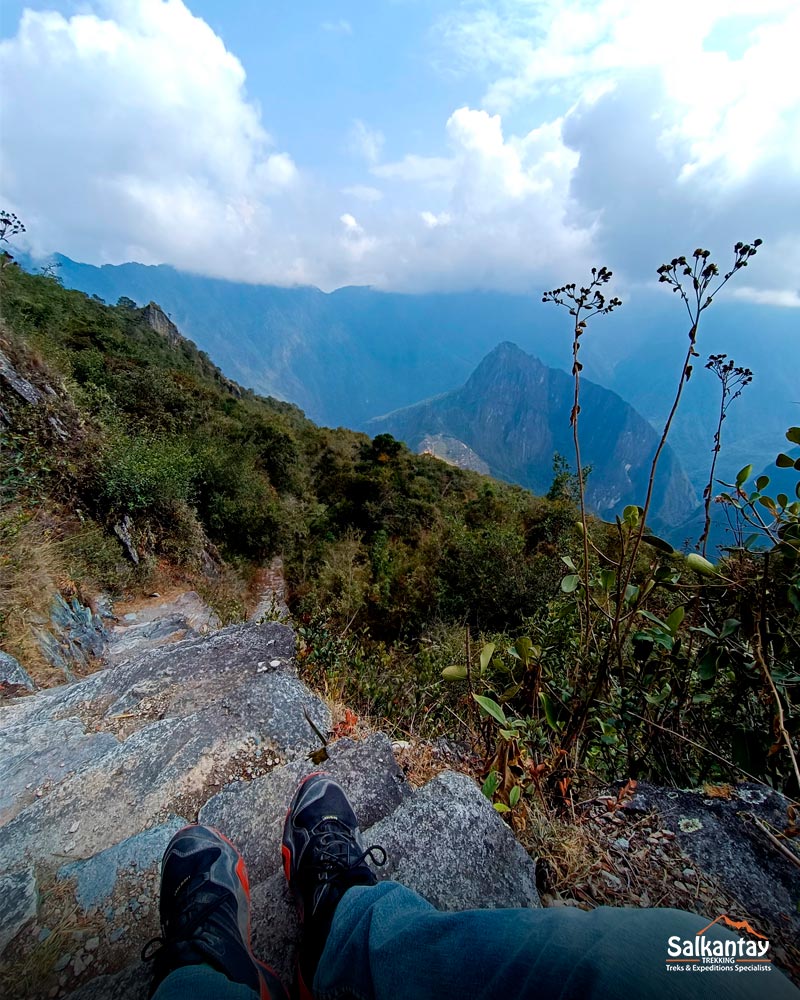
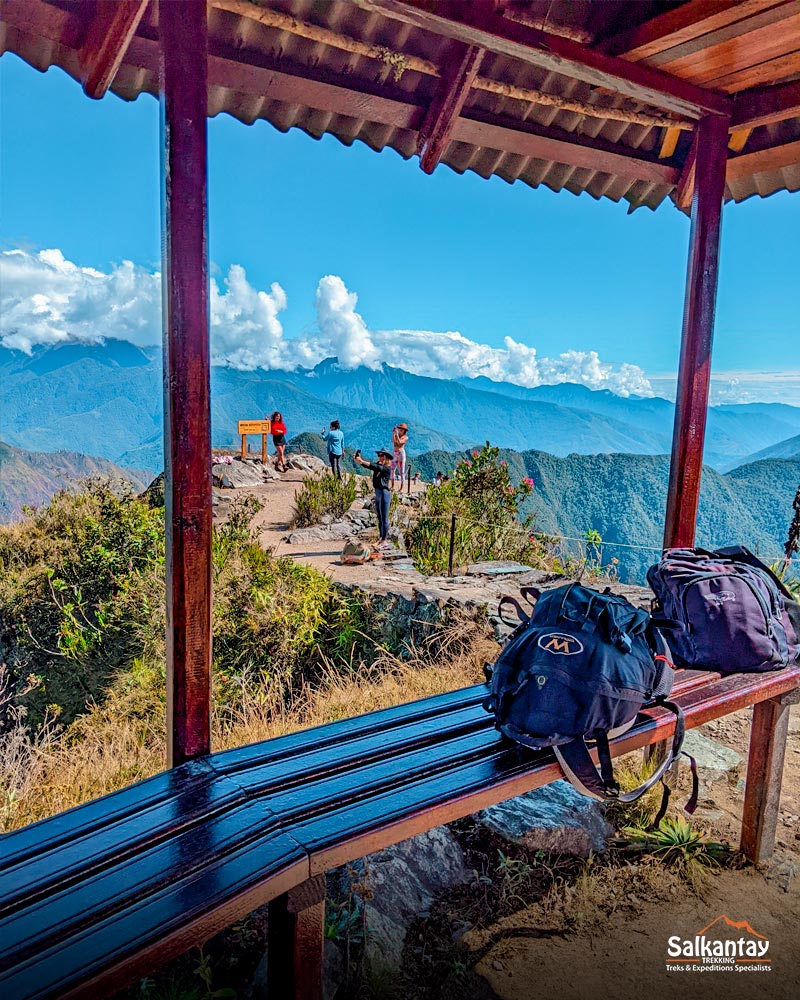
Frequently Asked Questions
- Is Machu Picchu a Mountain?
The Machu Picchu citadel and the mountain are two distinct experiences. The citadel is the leading archaeological site, famous for its Inca history and architecture. On the other hand, Machu Picchu Mountain and Huayna Picchu Mountain offer additional hikes that allow you to explore the natural surroundings from unique perspectives. However, both routes require special permits that must be reserved in advance. - Is It Difficult to Climb Machu Picchu Mountain?
The climb is moderately challenging. Those in good physical shape and with hiking experience will find it rewarding. However, assessing your fitness level and taking precautions before starting the ascent is essential. - What Is the Best Time of Year to Hike Machu Picchu Mountain?
Machu Picchu is stunning year-round. Rain is less frequent during the dry season (May to October), but we recommend bringing waterproof clothing just in case. Rain is more common in the wet season (November to April), but the weather in the cloud forest can always surprise you.
The best times to visit Machu Picchu and Machu Picchu Mountain are the shoulder months: April, May, September, October, and November. During these months, you’ll find more favorable weather conditions and fewer crowds, making your experience even more special. - How Long Does It Take to Climb and Descend Machu Picchu Mountain?
The hike duration varies, but generally, the round trip takes around 3 hours. This includes both the ascent to the summit and the descent. The total distance is approximately 3.9 kilometers (2.4 miles).
However, if you include a visit to the Guardian’s House platform and take your time to enjoy the scenery, the total circuit duration can extend up to 7 hours. It all depends on your pace and the stops you make along the way. - Are There Age or Fitness Restrictions for Climbing Machu Picchu Mountain?
There are no specific age restrictions for climbing Machu Picchu Mountain, but visitors must be physically healthy. It’s essential to assess your ability and take precautions, especially if traveling with children, elderly individuals, or those with pre-existing medical conditions. - How Many TicketsAable Per Day?
A daily limit of 350 tickets is available for Machu Picchu Mountain, divided into two-time slots (6:00 a.m. and 8:00 a.m.): 175 tickets per slot. Of these, 150 can be purchased online, while 25 can be purchased in person at the Dirección Desconcentrada de Cultura Cusco office (Calle Garcilaso S/N). - Can I Buy the Ticket on the Same Day as the Visit?
No, purchasing a ticket for Machu Picchu Mountain on the same day of your visit is not recommended. Tickets often sell out quickly, especially during peak season. We suggest booking in advance, ideally at least one month, to secure your spot and plan your visit without issues.- You can purchase your ticket online through the official website: https://tuboleto.cultura.pe/llaqta_machupicchu.
- If you stay in Cusco for a while, you can buy it at the Dirección Desconcentrada de Cultura del Cusco office on Calle Garcilaso S/N.
However, the most recommended option is to book through a qualified tour operator, who will help you manage everything safely and efficiently.
- Is Machu Picchu Mountain Dangerous?
The trail has steep sections with stone stairs, which can pose some difficulty and risk. Therefore, it’s essential always to exercise caution, follow the signs, and heed your tour guide’s instructions. This will ensure a safe and fulfilling experience as you explore this incredible site. - What Are the Entry Times for Machu Picchu Mountain?
- First Slot:
- Entry to the Machu Picchu citadel is allowed between 6:00 a.m. and no later than 6:30 a.m.
- Entry to the mountain checkpoint is permitted until 8:00 a.m
- Second Slot:
- Entry to the Machu Picchu citadel is allowed between 8:00 a.m. and no later than 8:30 a.m.
- Visitors are allowed to enter the mountain checkpoint until 10:00 a.m.
- First Slot:
- Do I Need a Guide to Climb?
While a guide is not mandatory, we strongly recommend hiring one. A guide will provide detailed information about the site and enrich your experience with historical and cultural insights. Additionally, they can be crucial for ensuring your safety, especially on the more challenging sections of the trail. - What Are the Highlights Along the Route?
The hike offers an enriching experience with notable views from a distance, including the Qolqas (Granaries), the Agricultural Zone, the Water Channel, the Dry Well, the Temple of the Sun, the Inka’s House, the Water Fountains, the Water Mirrors, the Pisonay Plaza, and the Archaeological Reserve. Though observed from afar, these archaeological sites provide a unique perspective on Inca history, engineering, and culture, allowing you to appreciate the fascinating legacy of this civilization. - Can I Bring Food and Drinks During the Hike?
Only snacks, fruits, and drinks in non-plastic containers are allowed during the hike to Machu Picchu Mountain. To stay hydrated, you should bring water and some energy snacks. Additionally, visitors must be responsible for their waste and adhere to park regulations to help preserve the environment. - Is Climbing Machu Picchu Mountain Worth It?
Climbing Machu Picchu Mountain can be a challenge. The sun can be intense, and at some point, you might ask yourself, “Why am I doing this?” However, the answer will come when you reach the summit and marvel at the spectacular views of Machu Picchu, the Inca Trail, and the surrounding mountains
The effort will be worth it!
Best Time to Visit Machu Picchu
The rainy season in the Peruvian Andes spans from November to March and is considered the summer months. During this time, Machu Picchu experiences warmer temperatures, higher humidity (averaging 90%), and frequent rainfall. While the rain can create a lush, vibrant landscape, it also brings challenges, such as slippery trails and a higher presence of mosquitoes.
Interestingly, in the Peruvian Andes, the rainy season is considered summer, while the dry season is considered winter. This unique climate pattern shapes the experience of visiting Machu Picchu, where temperatures range from 7°C to 28°C (44°F to 83°F) year-round. Humidity averages 50% during the dry season and climbs to 90% during the rainy months. Each season offers distinct advantages, allowing travelers to choose the experience that best suits their preferences.
Advantages of the Dry Season (April to October)
- Clearer Mornings: Less morning fog means stunning, unobstructed views of the ancient citadel.
- No Rain Gear Needed: Leave your raincoat behind and enjoy the trails without worrying about sudden downpours.
- Lower Humidity: The air feels fresher, making hikes and exploration more comfortable.
- Fewer Insects: Mosquitoes and other pests are less prevalent during this time.
- Safer Trails: Dry stones reduce the risk of slipping, ensuring a safer and more enjoyable trek.
Advantages of the Rainy Season (November to March)
- Fewer Crowds: Enjoy a more peaceful and intimate experience with fewer tourists.
- Easier ticket access: Allows visitors to secure entry tickets with less planning than during peak season.
- Refreshing Rain: The rain cools you down during your hike, adding a refreshing touch to your adventure.
- Affordable Flights: Airfare to Peru is often more budget-friendly during this period.
So, When is the Best Time to Visit?
We highly recommend the shoulder months of September/October or March/April to experience the best of both worlds! During these transitional periods, you’ll enjoy milder weather, fewer crowds, and a perfect balance between the dry and rainy seasons. Whether you’re seeking vibrant landscapes or a more tranquil atmosphere, these months offer an ideal setting for your adventure.
If you’d like to explore more details about Machu Picchu’s climate and how it can enhance your trip, check out our guide on the blog. Start planning today and make your journey unforgettable! The Best Time to Visit Machu Picchu in 2025.
Note: The busiest months during the peak tourist season are June and July
Tips to Fully Enjoy Machu Picchu Mountain:
- Book in Advance: Machu Picchu Mountain is open only to a few visitors daily. If you plan to visit during peak season, reserve your entry ticket at least two months in advance.
- Arrive Early: The trail operates in two shifts. For the First Shift, visitors can access the Machu Picchu citadel between 6:00 a.m. and 6:30 a.m. and enter the mountain checkpoint until 8:00 a.m. For the Second Shift, access to the citadel is between 8:00 a.m. and no later than 8:30 a.m., with mountain entry permitted until 10:00 a.m. Starting early in the morning allows you to enjoy the trail more tranquility and avoid the crowds.
- Stay Hydrated and Energized: Bring plenty of water and snacks to stay hydrated and maintain your energy throughout the hike.
- Wear Proper Clothing and Footwear: To navigate uneven terrain safely, choose comfortable, breathable clothing and sturdy, non-slip footwear.
- Sun and Insect Protection: Apply sunscreen and use biodegradable insect repellent to protect yourself from the sun and bugs.
- Respect the Environment: Help preserve Machu Picchu’s natural beauty by removing all trash and minimizing your impact on the trail.
Machu Picchu Mountain is ready to welcome you with open arms, offering a unique and unforgettable experience. Physical preparation and respect for the environment are key to making the most of this incredible adventure. Prepare well, embrace the journey, and let the magic of this ancient wonder leave you in awe.
You may also be interested in:
- Huchuy Picchu Mountain: Complete Guide.
- Everything you need to know about Huayna Picchu Mountain
- Machu Picchu Tickets: Everything You Need to Know!
- Train to Machu Picchu: Complete Guide
- The 7 Best Treks to Machu Picchu
- Mountains of Machu Picchu: Huayna Picchu, Huchuy Picchu, and Machu Picchu Mountain

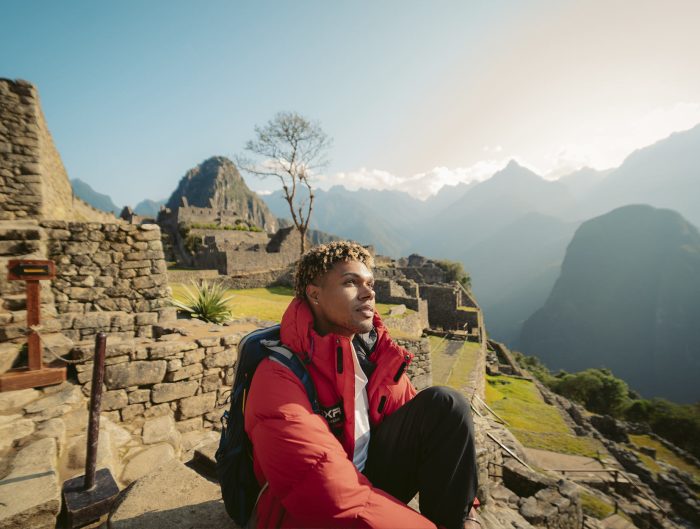


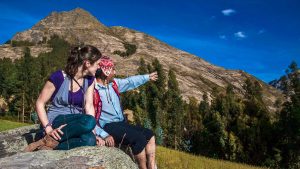
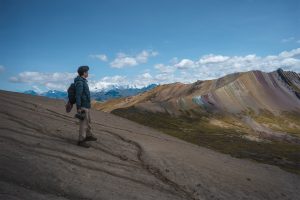
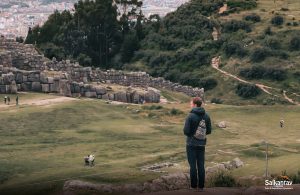
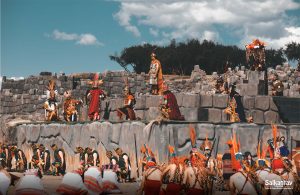

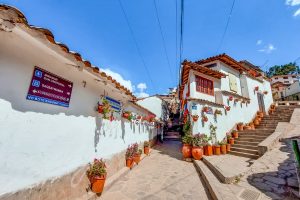


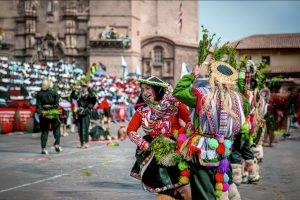
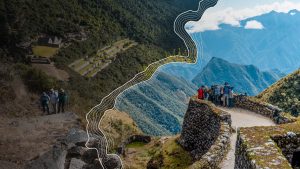
Leave A Reply